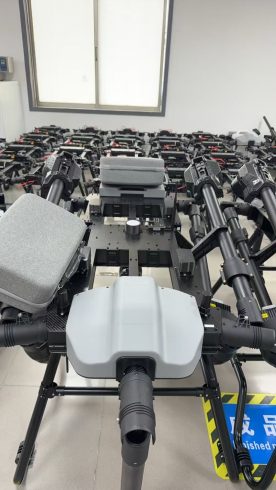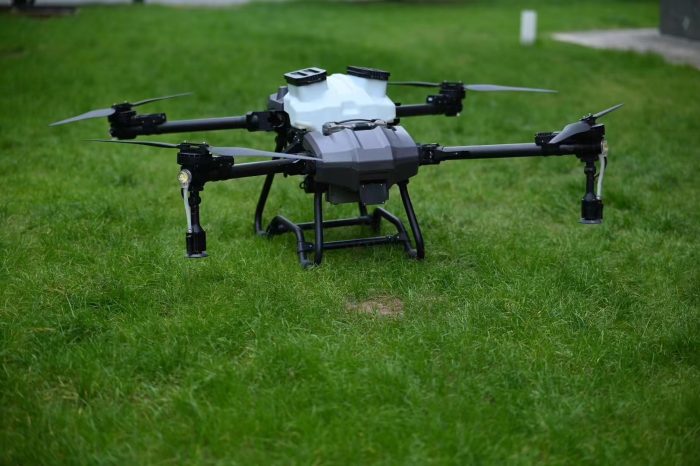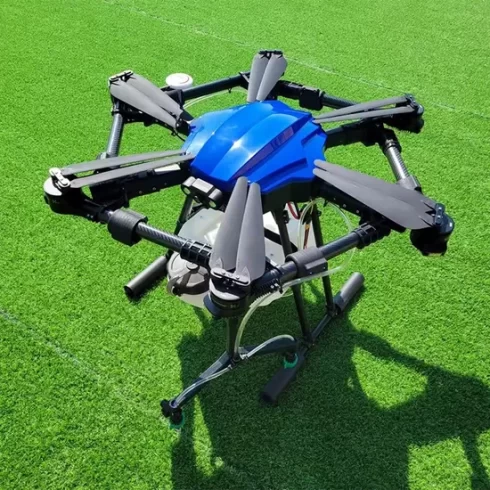
As agriculture becomes smarter and more data-driven, crop spraying drones have emerged as one of the most valuable tools for modern farmers. They offer faster, safer, and more efficient ways to apply pesticides, herbicides, and fertilizers. But for many growers, one of the most important questions before making a purchase is: What is the price of a crop spraying drone in 2025, and what affects it?
This guide provides a clear, up-to-date overview of crop spraying drone prices, what features affect the cost, and how to choose the best drone for your farm.
How Much Does a Crop Spraying Drone Cost?
In 2025, the price of a crop spraying drone generally ranges from $2,000 to $15,000+, depending on several key factors:
| Drone Type | Price Range (USD) |
|---|---|
| Entry-Level Models | $2,000 – $4,000 |
| Mid-Range Professional | $5,000 – $9,000 |
| High-End Industrial | $10,000 – $15,000+ |
Prices can vary based on payload size, automation features, brand reputation, and included accessories (batteries, chargers, tanks, etc.).
Key Factors That Affect Crop Spraying Drone Prices
-
Payload Capacity
Drones with larger tanks (10–40 liters) cost more but allow for longer spray times and fewer refills. -
Flight Time & Battery Power
Longer flight time requires high-capacity batteries and efficient motors, which increase cost but improve productivity. -
Intelligent Features
Features like GPS auto-navigation, terrain following, obstacle avoidance, and AI-based spray control make drones more expensive — but far more effective. -
Spray System Quality
High-quality nozzles, pump systems, and flow control mechanisms ensure even distribution, reducing chemical waste and crop damage. -
Build Quality & Materials
Drones made with durable carbon fiber or composite materials are weather-resistant and more reliable, but they also come at a higher price. -
Data & Mapping Integration
Some advanced drones include multispectral sensors and field mapping software, allowing farmers to monitor crop health and optimize spraying patterns.
Is a More Expensive Drone Worth It?
For large-scale farms or businesses offering drone spraying services, investing in a higher-end model can bring significant returns through:
-
Faster field coverage
-
More accurate applications
-
Lower chemical costs
-
Improved crop yields
However, for small farms or growers with limited acreage, a lower-cost drone may offer all the basic functionality needed at a fraction of the cost.
Total Ownership Costs
When calculating your investment, don’t forget the total cost of ownership:
-
Extra batteries and chargers
-
Maintenance and replacement parts
-
Operator training and certification (if required)
-
Software subscriptions (for mapping or data processing)
In general, operating costs are relatively low compared to tractors or manual spraying equipment, making drones a cost-effective long-term solution.
Conclusion
Understanding crop spraying drone prices in 2025 is key to making a smart buying decision. Whether you’re looking for a budget-friendly model or a professional-grade drone with advanced features, there are options to suit every farm size and spraying requirement.
As drone technology continues to improve, the price-to-performance ratio is getting better — making now an excellent time for farmers to adopt aerial spraying solutions and move toward smarter, more sustainable agriculture










暂无评论内容